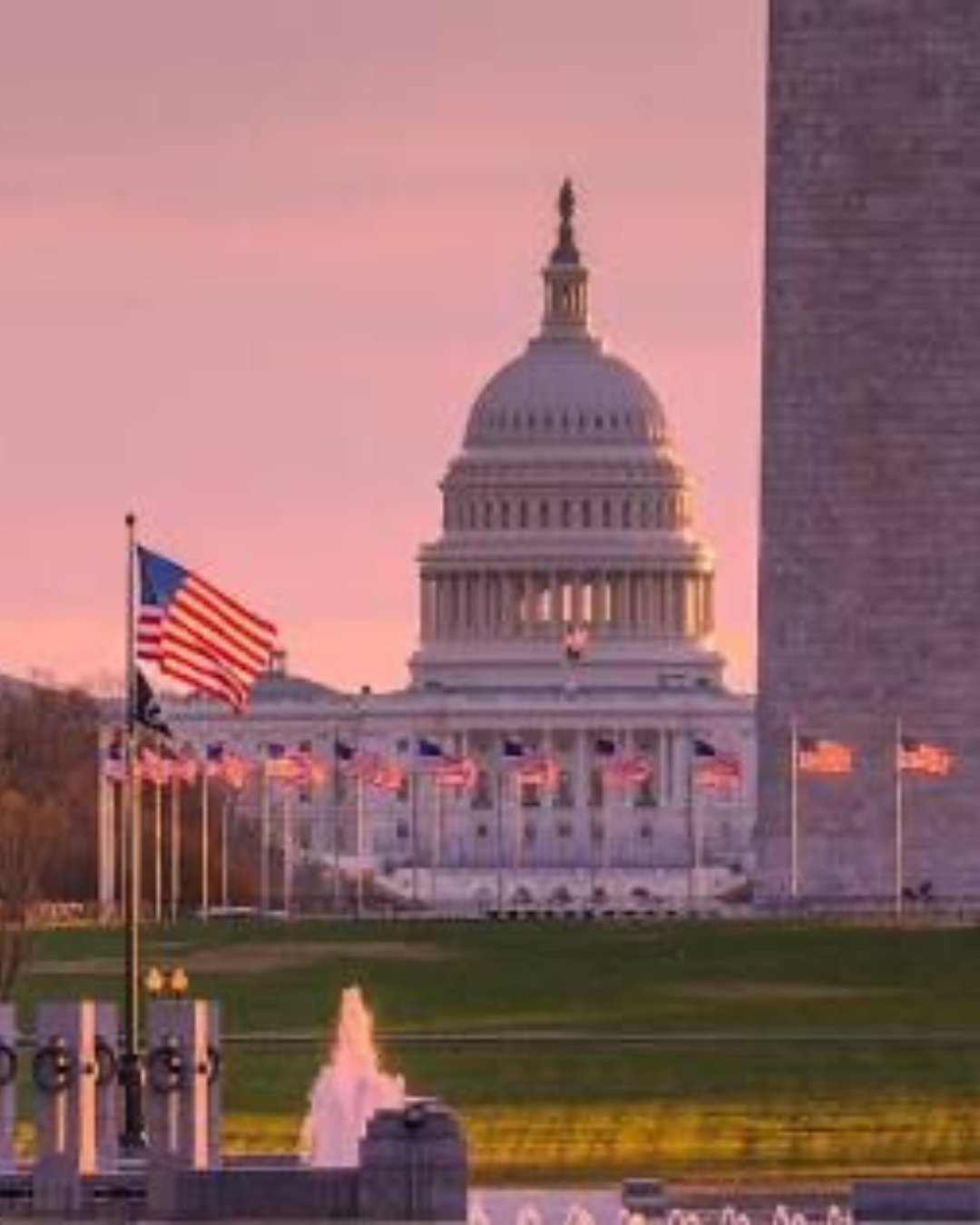On August 30, 2024, fourteen-year-old Sofia Glynyana was sitting on a playground bench when a Russian airstrike tore through her city. She was one of eight civilians killed that day in Kharkiv, where five precision-guided bombs struck residential areas—hitting a house, a sports field, a warehouse, an apartment building, and the playground where Sofia died. Nearly a hundred others were wounded, including two dozen children.
“These streets are exclusively parks with large gatherings of civilians. This is mass terror against our population,” Kharkiv Governor Oleh Sinehubov raged on Telegram.
Now, nearly a year later, U.S. President Donald Trump has issued an ultimatum to Russian President Vladimir Putin: Agree to a ceasefire by September or face further economic penalties, including tariffs on countries trading with Russia—potentially targeting China and India, key buyers of Russian oil. The U.S. will also supply Ukraine with additional Patriot air defense systems and weapons, though details remain unclear.
Yet as Russia escalates its aerial assaults—launching over 400 drones and missiles in a single week before Sofia’s death—many fear Trump’s demands may be too little, too late.
A Hollow Threat?
Trump’s announcement, delivered in an oddly passive Oval Office press conference where he let NATO chief Mark Rutte outline the policy, was met with cautious relief in Kyiv and Western Europe. But the Kremlin appeared unfazed.
Russian markets actually rallied after Trump’s statement, with stocks rising 2.7% and the ruble stabilizing. Analysts suggest Moscow sees the ultimatum as weak—even a “carte blanche to intensify its offensive,” according to political scientist Tatiana Stanovaya.
Military analyst Yury Fedorov noted that what Russia truly feared were immediate secondary sanctions on oil buyers, tougher U.S. legislation, or rapid long-range missile deliveries to Ukraine. Instead, Trump’s delayed threats signal reluctance for a major confrontation.
Putin’s Endgame: No Ceasefire in Sight
Putin has shown no willingness to compromise. At the recent St. Petersburg Economic Forum, he reiterated his demands: Ukraine must surrender occupied territories and adopt neutral status.
Fiona Hill, Trump’s former Russia adviser, warns the U.S. president fundamentally misunderstands Putin’s goals. “Putin doesn’t want a ceasefire. He wants a neutered Ukraine,” she said, adding that Trump’s deference stems from fear of nuclear escalation—and personal admiration for the Russian leader.
A War Putin Can’t Afford to End
For Putin, prolonging the war may be safer than stopping it. Sociologist Ella Paneyakh warns that a sudden peace could trigger violent internal strife as war veterans return, demanding privileges and clashing with civilians. The collapse of Russia’s war economy could also spark brutal competition for dwindling resources.
As another August 30 looms, Ukraine braces for more strikes—and more deaths like Sofia’s. The question remains: Will Trump’s September deadline bring peace, or just more bloodshed?
For now, the bombs keep falling. And the world keeps watching.











